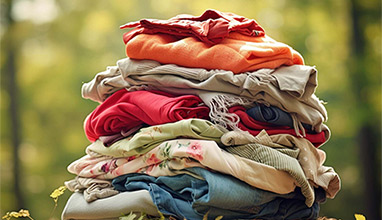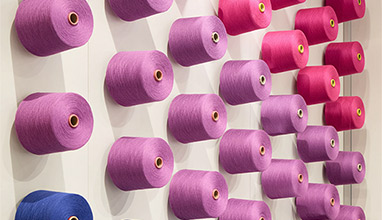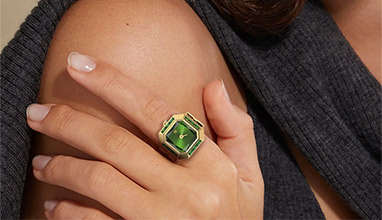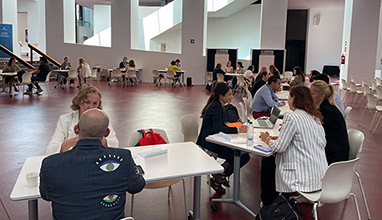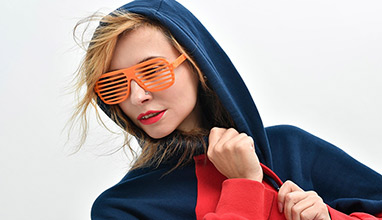How Did Emoji Evolve
Modern handheld devices have made sending messages with different emojis easier. The internet provides the opportunity to learn many different things such as how to type the shrug emoji ¯\_(ツ)_/¯ in one second. But, where did emojis come from?
Well, the modern emoji that are becoming increasingly popular by the day came about in the late 1990s. In 1999, Shigetaka Kurita realized that digitization of communication robbed people of their emotions. He, therefore, created expressive icons or emoji to solve this problem.
Today, everybody uses emoji. Adults, teenagers, corporations, and large institutions are using emoji in their communications. These expressive icons have become more than silly icons that add flair to online conversations. They are used as a bridging language that enables people to communicate across the barriers of their spoken language and cultural differences.

The First Emoji
As hinted, Shigetaka Kurita, a Japanese artist created the first emoji in 1999. His goal was to come up with a quick, simple, and attractive way to convey information. At that time, Kurita was working as a mobile internet platform developer. The aim was to come up with a way of using images as a way of appealing to the teenage market for the mobile operator.
The symbols that weather forecasters use, Chinese street signs and characters, as well as, stock symbols that express emotions inspired Kurita to create the first emoji. He came up with about 180 emoji for different expressions that people make every day.
Since the creation of the first emoji, the Japanese have used them widely in their mobile phone communications. However, they became popular in the rest of the world after Apple’s iPhone included them in OS X Lion in 2011. Later, Android adopted it and other operating systems followed suit.
Since emojis have their origin in Japan, it’s no surprise that most of them are deeply rooted in the Asian traditions. As such, they may have different meanings than what some people think.
Emoji in the 2000s
Emoji became widely available outside Japan from the mid-2000 via separate apps. These apps allow users to copy-paste these icons into emails and text messages. Apple introduced an official emoji keyboard to its iOS in 2011. Two years later, Android did the same. This enabled users to access and use emoji directly from their phone keyboards, just the way they would switch from a Japanese or Korean keyboard to access language-specific characters.
The introduction of emoji in iOS and Android operating systems popularized them to a new audience. This move gave emoji mainstream success. Many young people adjusted their texting habits by including emoji or small icons to say things like ‘I love you’ and ‘LOL’.
Diversification of Emoji
Emoji started looking the way we know them now in the 2000s. And, as the popularity of emoji grew, developers came up with more types of them. For instance, the Unicode Consortium came up with new emoji that were included in its approved list every year. The majority of these emojis are collected from users from different parts of the world. They include the first emoji bride, different animals and plants, depictions of different activities, and foods.
Unicode requires long submissions. The approval process can last up to two years before the emoji move from the first draft to the final work. Unicode Consortium requires new emoji suggestions to be made via a formal proposal. The detailed proposal should explain the reasons for adapting emoji and ideas of its look.
Unicode Consortium has an emoji subcommittee that examines the proposals. This subcommittee meets twice every week to discuss emoji-related matters. New emoji are born after this subcommittee reaches a consensus.
Politicization of Emoji
As the vocabulary of emoji grew, some people started questioning the idea of giving some images privilege over the others. For instance, some people wondered why most emoji appeared to be men. Others wondered why different human emoji represented white people.
These are just some of the issues that led to the Great Emoji Politicization by 2014. It all started after the realization that no food emoji depicted traditional African food. There was also emoji representing Israel flag but not a Palestinian flag. Family emoji depicted family units comprising single parents and same-sex parents.
Essentially, using emoji became more than just choosing an icon to describe your lunch. It was about expressing the digital acknowledgment of culture. Emoji have become an important language in the current digital age. It’s a language that doesn’t use words.
In response to the political issues that were raised about emoji, Unicode diversified emoji. It also introduced the option for changing the skin tone of the people emoji. Additionally, emoji of people doing different things were introduced.
Since 2015, every update that Unicode introduces to emoji is an incremental step towards this diversification to represent different people, cultures, and activities. Most recently, Unicode created gender-neutral emoji. It also introduced emojis representing people living with disabilities and symbols that represent a full spectrum of different emoji users.
Emoji in the Future
Emoji’s cultural lexicon keeps evolving with every Android and iOS update. In 2017, an update that included different mythical creatures hit the screens. It also added different ways of representing humans such as a woman on a hijab, cradling a baby, and gender-neutral options.
In 2018, new emoji provided an option for adding hair color and using cultural symbols like Nazar amulet and a moon cake. Several emoji representing deaf people and those in wheelchairs emerged.
The next emoji to hit the screen will depend on what users want to have. That’s because Unicode requires proposals to include an explanation of why and what people would use emoji. A proposal should also explain the meaning of a new addition to the larger emoji language.
Emoji have come a long way since the introduction of the first expressive icon in 1999. People across ages use emoji to express different emotions and convey different messages. Even organizations are now using emoji. And, their evolution will continue going to the future because emojis have become a form of communication that’s being embedded in the global culture.
Hits: 3293 | Leave a comment
Tags:emoji






